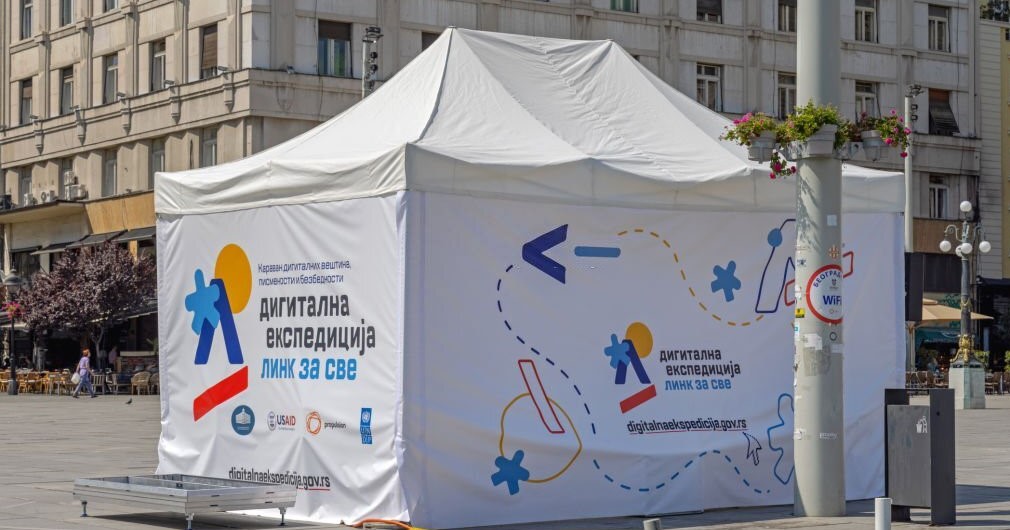Contents
- 1 Introduction
- 1.1 2 CFR 200 – Uniform Administrative Requirements, Cost Principles, and Audit Requirements for Federal Awards (Uniform Guidance
- 1.1.1 USAID Compliance Guidelines: FAR Part 31 – Cost Principles
- 1.1.1.1 OMB Circular A-122 (Cost Principles for Non-Profit Organizations) and A-87 (Cost Principles for State, Local, and Indian Tribal Governments)
- 1.1.1.1.1 FAR Part 15 – Contracting by Negotiation
- 1.1.1.1.1.1 FAR Part 31.205 – Selected Costs
- 1.1.1.1.1.2 FAR Part 33 – Protests, Disputes, and Appeals
- 1.1.1.1.1.3 READ ALSO: The Importance of Compliance in USAID Rules and Regulations
- 1.1.1.1.1.4
- 1.1.1.1.1.5
- 1.1.1.1.1.6 USAID Standard Provisions for Non-U.S. Non-Governmental Organizations (NGOs) and Non-U.S. PVOs
- 1.1.1.1.1.7 USAID Automated Directives System (ADS)
- 1.1.1.1.1.8 USAID Standard Provisions for U.S. Non-Governmental Organizations (NGOs)
- 1.1.1.1.1.9 USAID Acquisition Regulation (AIDAR)
- 1.1.1.1.1.10 Conclusion
- 1.1.1.1.1 FAR Part 15 – Contracting by Negotiation
- 1.1.1.1 OMB Circular A-122 (Cost Principles for Non-Profit Organizations) and A-87 (Cost Principles for State, Local, and Indian Tribal Governments)
- 1.1.1 USAID Compliance Guidelines: FAR Part 31 – Cost Principles
- 1.1 2 CFR 200 – Uniform Administrative Requirements, Cost Principles, and Audit Requirements for Federal Awards (Uniform Guidance
Introduction
USAID funding entails adherence to a comprehensive framework of rules and regulations that play a pivotal role in shaping the management of projects. These regulations are designed to establish a robust foundation of accountability, transparency, and responsible resource utilization. Understanding the key rules and where they apply is essential for Grants and Contracts Managers who oversee projects funded by the United States Agency for International Development. Let’s explore some of these fundamental regulations and their application within the context of USAID-funded initiatives.
2 CFR 200 – Uniform Administrative Requirements, Cost Principles, and Audit Requirements for Federal Awards (Uniform Guidance
This overarching regulation is applicable to all entities receiving federal funding, spanning NGOs, academic institutions, government bodies, and more. It governs critical administrative, financial, and management dimensions of federal awards. Moreover, it elucidates the principles that inform the identification of allowable costs, the determination of indirect costs, and the establishment of mechanisms for cost allocation.
USAID Compliance Guidelines: FAR Part 31 – Cost Principles
This set of principles is germane to organizations engaged in federal contracting. It meticulously outlines the contours of allowable and unallowable costs, offering guidance on indirect cost rates and the methodology underpinning cost allocation.
OMB Circular A-122 (Cost Principles for Non-Profit Organizations) and A-87 (Cost Principles for State, Local, and Indian Tribal Governments)
These specific circulars come into play for nonprofit organizations and state, local, and tribal governments, respectively. They furnish detailed directives on permissible costs, the determination of indirect cost rates, and the intricacies surrounding cost allocation.
FAR Part 15 – Contracting by Negotiation
Relevant to entities immersed in competitive contract negotiations, this component of the Federal Acquisition Regulation delineates the procedures governing source selection, the evaluation of proposals, and the intricate dance of contract negotiation.
FAR Part 31.205 – Selected Costs
Offering its insights to organizations receiving federal contracts, this part of the Federal Acquisition Regulation zeroes in on selected costs. It demarcates the principles underlying allowable and unallowable costs, taking into account categories such as travel, entertainment, and advertising expenses.
FAR Part 33 – Protests, Disputes, and Appeals
In the event of bid protests, contract disputes, or appeals, the regulations stipulated in FAR Part 33 come to the forefront, providing a structured framework for addressing these issues.


READ ALSO: The Importance of Compliance in USAID Rules and Regulations
USAID Standard Provisions for Non-U.S. Non-Governmental Organizations (NGOs) and Non-U.S. PVOs
These provisions assume significance for non-U.S. NGOs and private voluntary organizations (PVOs) benefiting from USAID funding. They encompass an array of requisites ranging from program implementation and reporting to procurement and financial management.
USAID Automated Directives System (ADS)
Serving as a comprehensive repository of guidance, the ADS offers a trove of information pertaining to diverse facets of USAID program and project management. Its all-encompassing purview spans financial management, procurement, reporting, compliance, and environmental regulations.
USAID Standard Provisions for U.S. Non-Governmental Organizations (NGOs)
For U.S.-based NGOs accessing USAID funding, these provisions come into play. They delineate obligations in areas including financial management, reporting, procurement, and adherence to compliance protocols.
USAID Acquisition Regulation (AIDAR)
Guiding the contours of USAID’s acquisition and assistance programs, the AIDAR encapsulates the framework governing grants and contracts. These USAID rules and regulations offer a comprehensive compass, directing procurement processes, specifying contract clauses, and outlining the responsibilities inherent in contracting relationships.
Conclusion
It’s crucial to note that these regulations are dynamic, subject to evolution and refinement. Organizations entrusted with USAID funding should ensure alignment with the latest iterations of these regulations and actively engage with relevant USAID entities, legal experts, or compliance specialists to maintain an accurate, up-to-date grasp of the compliance landscape. By diligently adhering to these regulations, Grants and Contracts Managers ensure the integrity, efficacy, and lasting impact of projects operating under the auspices of USAID.
“In the world of words and stories, leadership is the ink that writes the narrative of a brighter future.” – Elizabeth
Elizabeth is a passionate graduate in Media and Communications from the prestigious Moi University. She possesses a profound love for literature and has dedicated herself to the art of words.In her journey through academia and life, Elizabeth has come to appreciate the profound impact of good leadership and personal development. She acknowledges that leadership has the potential to shape communities, organizations, and nations. Furthermore, she is a staunch advocate for personal growth and development as the cornerstone of progress and fulfillment.








Comment here